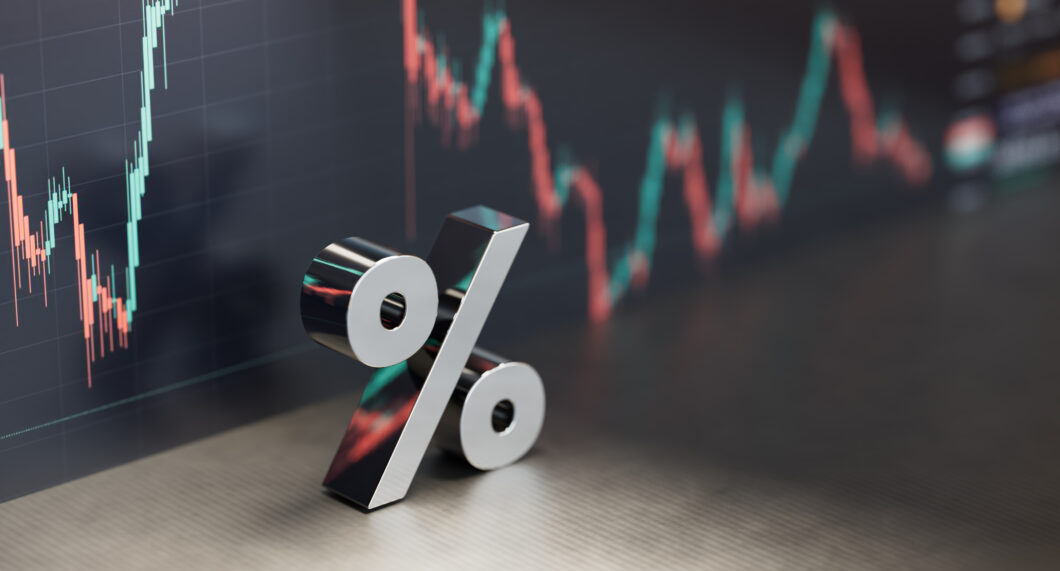Inflation is expected to ease, reducing chances of future hikes. The Reserve Bank of India will act on rates, if required, but that’s in the future.
As the six wise people comprising the Monetary Policy Committee (MPC) of the Reserve Bank of India (RBI) met and decided to hold interest rates, the market was surprised. Positively. Prior to the policy review, the majority of the market was pencilling in a policy interest rate hike of 25 basis points. The major reason for the market expectation (or apprehension) was that for two consecutive months, January and February 2023, inflation was higher than 6 percent, the upper tolerance band. Then why the pause, and what did the RBI say?
Since the start of the current rate hike cycle, that is, since 4 May 2022, the signal repo rate has been hiked by 2.5 percentage points. The effective rate hike has been even higher. The lower end of the RBI rate corridor was reverse repo earlier, now changed to Standing Deposit Facility. Earlier there was a hike of 40 basis points during the changeover. Hence, overall, the rate hike has been 2.90 percentage points. Today, the RBI MPC paused on rate action, only for this meeting, to assess the impact of the 2.9 percentage points rate hike effected already. The RBI governor Shaktikanta Das clarified that the central bank remains watchful and if required— if inflation is on the higher side— they will hike again.
The rationale
This makes sense. While most people were reacting to the inflation data of January and February, the projections are much softer. RBI projections on inflation are 5.1 percent for April-June 2023, 5.4 percent for July-September 2023, 5.4 percent for October-December 2023 and 5.2 percent for January-March 2024. While inflation control is the priority for the RBI, the growth of the economy also needs to be taken care of. That is, there has to be a balancing act between inflation control and promoting growth, in the context of fine-tuning interest rates. Rates should be high enough to fight inflation but low enough not to hamper the growth of the economy. Coming to growth, RBI projects GDP growth at 6.5 percent for the financial year 2023-24. However, many economists are projecting a lower growth rate.
The range of growth rate projections of economists for FY24 ranges from 5.1 percent to 6.5 percent. On one hand, India is the fastest-growing major economy in the world. On the other hand, interest rates should not be restrictive and come in the way of growth. If we take the RBI repo rate of 6.5 percent and the 1-year ahead CPI projection, the real interest rate is positive 1.3 percent. Inflation is measured over a 1-year period, and from that perspective, it should be seen against a 1-year rate. The 1-year Treasury Bill yield is approximately 7.2 percent. From that perspective, it is a positive 2 percent.
The way forward
It may sound dichotomous but we may have seen the last rate hike of this cycle on 8 February 2023. In a situation when the RBI has a clear communication that the policy stance is “withdrawal of accommodation”, which is a bias towards interest rate hikes, one cannot thump the chest and say rate hikes are over. But there is a case for it. Inflation is expected to ease from 6.52 percent of January / 6.44 percent of February 2023 to 5.1 percent in April-June 2023 and 5.2 percent in January-March 2024. Globally, the US Federal Reserve is expected to hike the rate at the most one more time by 25 basis points. China and Japan are yet to hike interest rates. European Central Bank/ other Euro-area countries are expected to hike rates for some more time. The US dollar is softening, measured by DXY; our current account deficit (CAD) is improving and INR is stable, within 82 to the USD as we write. The central target of the RBI is 4 percent CPI inflation but given the globally high interest rates something little north of 5 percent should be acceptable for the time being.
The chatter in the market now is about interest rate cuts, going forward. It would happen, as cycles are the only thing constant in markets. But the timing of rate cuts going forward, and the extent, is anyone’s call. It all depends on inflation, global/ domestic uncertainty, growth prospects and finally RBI’s reading of the situation.
The impact
The markets have reacted positively to the pause, against expectations/apprehensions of a rate hike. If you have taken a home loan, your EMI is not going up further. If you have invested in debt funds, the possibility of adverse mark-to-market impact is lower. Bank deposit rates may still inch up as the extent of deposit rate hikes has been lower than the 2.5 percentage point or 2.9 percentage point hike executed by the RBI.
Source: https://www.moneycontrol.com/news/business/personal-finance/as-rbi-hits-pauses-we-may-have-seen-last-of-the-rate-hike-cycle-10374151.html


